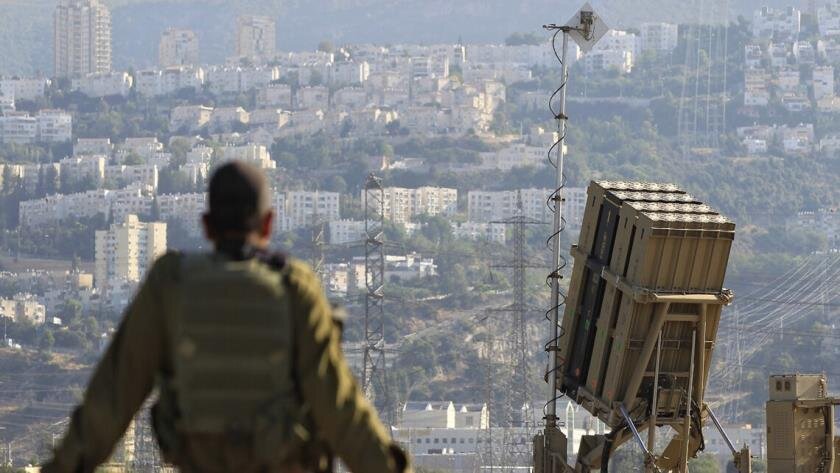How Israeli air defense systems backfired

TEHRAN – A newly surfaced video has raised serious questions about the integrity of Israel’s air defense systems, suggesting that the recent strike on central Tel Aviv may not have been a technical failure, but an act of internal sabotage.
The footage, published online by a group identifying itself as “The Sons of Ruhollah,” appears to show real-time operations inside an Israeli air defense command center during the early hours of June 17, 2025, when Iran launched its tenth wave of missile and drone attacks on the Zionist entity.
In the video, screens display altered interceptor paths and remote access activity consistent with deliberate tampering. The group accompanying the footage stated:
“We were in the control room during the attack. We guided the system from within. The self-strike wasn’t a mistake; it was a decision.”
Independent analysts have pointed to the authenticity of the footage, noting accurate interface designs, live telemetry feeds, and command-line sequences consistent with operational Israeli defense consoles. If verified, the breach would represent a historic penetration of the regime’s most protected military infrastructure.
The incident in question took place during a major Iranian missile barrage that targeted Tel Aviv and surrounding military installations in a retaliatory move against the war that began on June 13, when Israel launched an unprovoked attack targeting Iran’s civilian nuclear sites and assassinating senior military and scientific figures.
In response to the Iranian missiles, Israeli air defenses, including the Iron Dome and David’s Sling, were activated. However, one interceptor missile inexplicably veered off course and struck inside Tel Aviv—prompting immediate speculation.
Initial Israeli reports attributed the failure to a “path analysis algorithm error,” while other outlets cited “signal interference” and “system anomalies.” Yet the emergence of this video has drastically shifted the narrative, with many now viewing the self-inflicted strike as the result of deliberate internal sabotage.
The incident is not isolated. Observers are now reexamining previous failures in Israel’s air defense history. In May 2023, over 40 rockets launched from Gaza bypassed interception, and one Israeli interceptor missile crashed into a civilian area. Officials at the time blamed a “trajectory miscalculation.” A month later, in June 2023, Israel’s Arrow missile system mistakenly downed a friendly reconnaissance drone over the Golan Heights—a case dismissed as a “friend-or-foe signal error.”
Security analysts now argue these events may represent a broader pattern of covert interference within Israel’s defense infrastructure. Taken together, they suggest that the once-vaunted Iron Dome may have been vulnerable to internal compromise for far longer than previously admitted.
The psychological effect of these revelations is already being felt. The possibility that Israeli defense systems could be hijacked and turned against their own population—not by overwhelming enemy firepower but by silent, internal command—has deeply shaken Israeli confidence.
As investigations continue, critical questions remain: Who orchestrated the infiltration? How long has the system been compromised? And could similar breaches occur again?
For now, the Iron Dome may still be operational—but in the eyes of many observers, its credibility has collapsed not from external pressure, but from a rupture within.
Leave a Comment